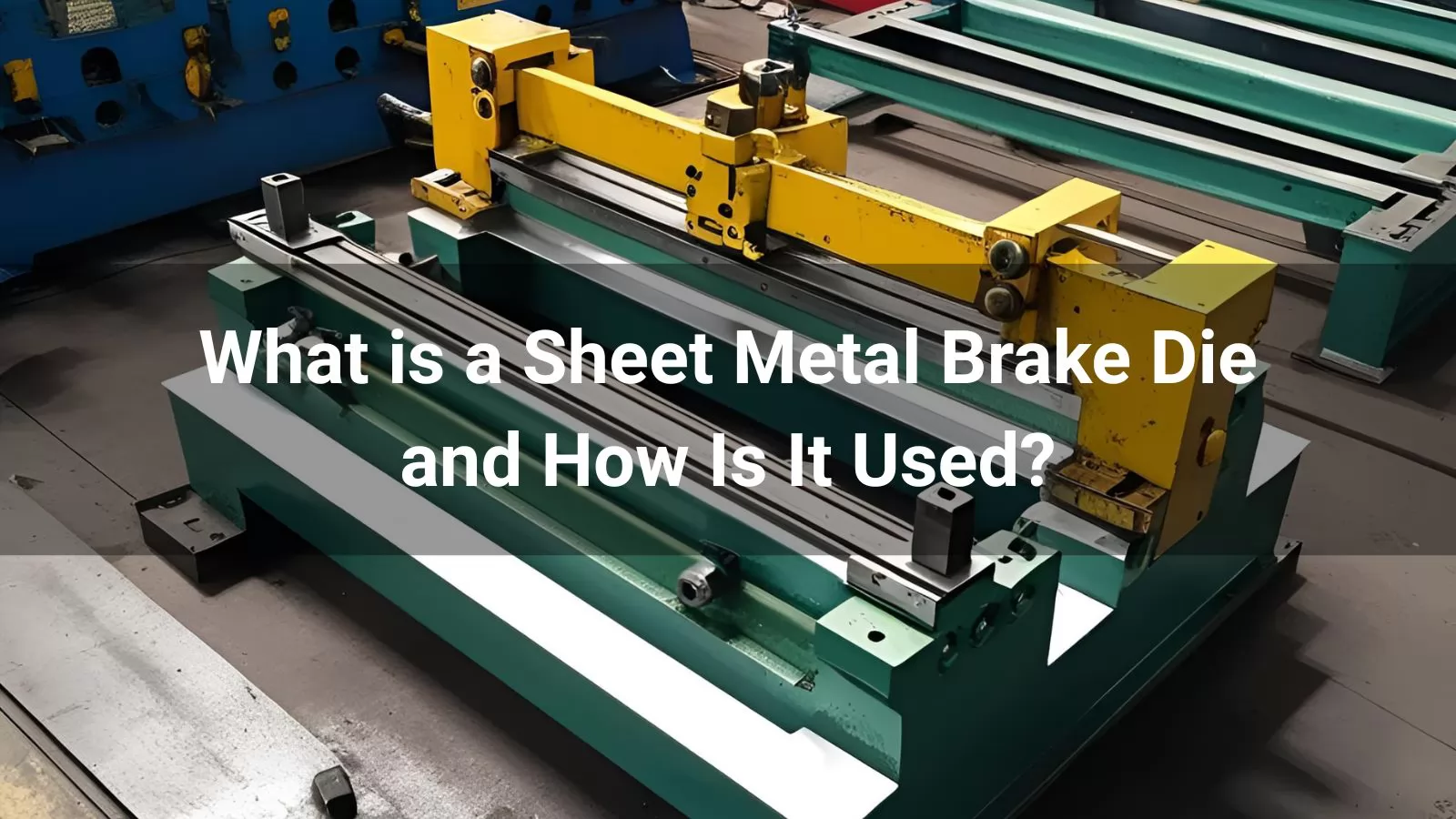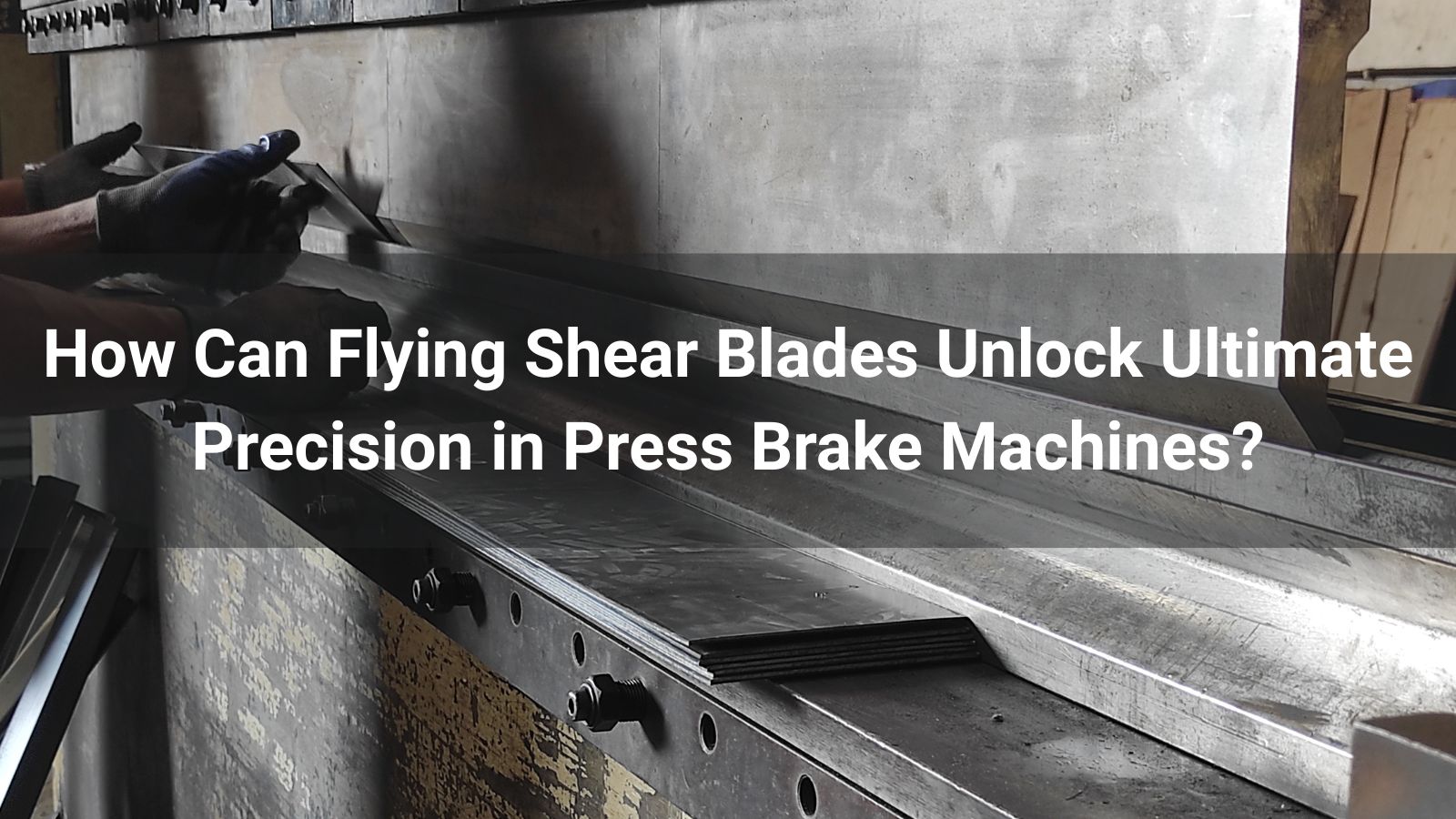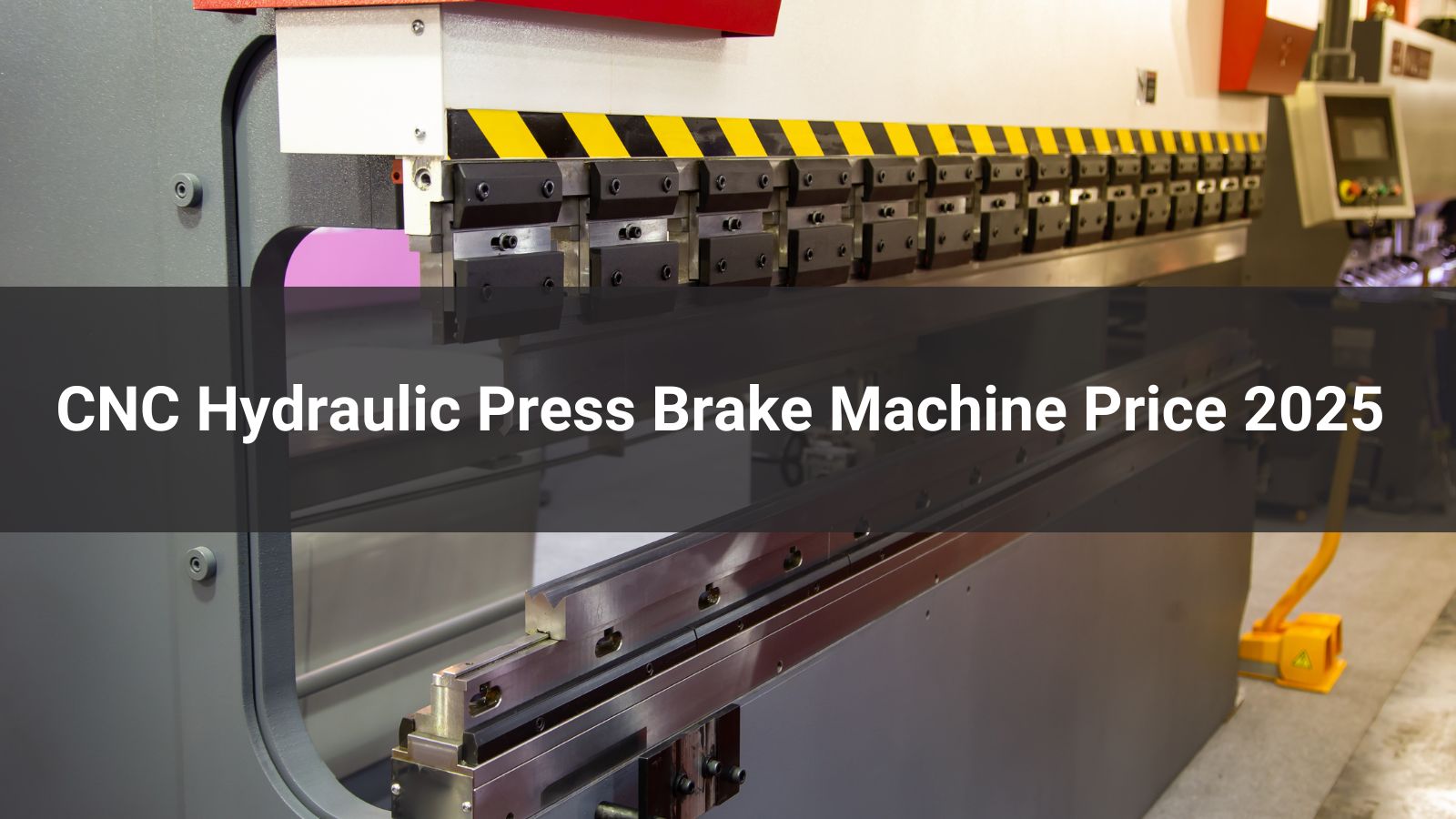





A sheet metal brake die is a vital component of a sheet metal brake, a tool or machine used to bend sheet metal into precise shapes and angles. This article explores the function of brake dies, their key features, and the step-by-step process of using them to achieve accurate bends. By understanding brake dies and their applications, you can enhance your metalworking projects, whether you're a hobbyist or a professional fabricator.
A sheet metal brake die is the lower, stationary part of a brake press or metal brake that shapes sheet metal by providing a surface against which the metal is pressed or folded. Typically made from hardened steel or other durable materials, the die works with an upper punch or blade to create precise bends. Dies come in various profiles, such as V-shaped for sharp angles, U-shaped for rounded bends, or custom shapes for complex designs, and are designed to handle different metal types, including steel, aluminum, and copper. Key features include their hardened steel construction for durability, a range of sizes to accommodate various metal thicknesses, and precise machining for consistent bends. Interchangeable dies allow flexibility to meet diverse bending requirements.
Using a sheet metal brake die involves a straightforward process, typically with a manual, hydraulic, or CNC press brake. First, select a die with the appropriate profile and width for the desired bend and metal thickness, such as a wider V-die for thicker metals, and install it securely in the brake press, aligning it with the upper punch. Next, prepare the sheet metal by cutting it to size, marking bend lines, and ensuring it’s clean to avoid imperfections. Position the metal on the die, aligning the bend line over the die’s groove, using the brake’s back gauge or stops for accuracy. Then, lower the punch to press the metal into the die, forming the bend, with the angle determined by the punch’s depth and die geometry. After bending, inspect the angle with a protractor or gauge, adjusting settings or switching dies if needed. For multiple bends, repeat the process, ensuring consistent alignment, or use multiple dies for complex shapes.
Sheet metal brake dies are widely used across industries for fabricating precise components. In the automotive sector, they create panels, brackets, and chassis parts. In construction, they form metal roofing, flashing, and structural supports. HVAC applications include ductwork and fittings, while electronics manufacturing uses dies for enclosures and brackets. In aerospace, dies shape lightweight, high-strength components, demonstrating their versatility in both industrial and specialized settings.
To achieve optimal results with brake dies, match the die width to the material, typically 6–8 times the metal thickness, such as a 3/8- to 1/2-inch V-die for a 1/16-inch sheet. For thick or hard metals, apply lubricant to reduce friction and prevent scratching. Regularly inspect dies for wear or damage to maintain accuracy, as worn dies can produce inconsistent bends. Always prioritize safety by wearing protective gear, like gloves and safety glasses, and following the brake’s operating guidelines to prevent injury.
A sheet metal brake die is an essential tool for creating precise bends in sheet metal, enabling the fabrication of components ranging from simple brackets to complex structures. By selecting the appropriate die, following proper setup and bending procedures, and maintaining the equipment, users can achieve consistent, high-quality results. Understanding how to use brake dies effectively empowers metalworkers to elevate their craft and tackle a wide range of projects with confidence.








Fastest
Installation

Top-Notch
Equipment

24/7 Customer
Support

100% Secured
Payment
